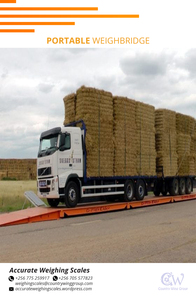asked almost 7 years ago
- •
-
Four stocking densities of Nile tilapia in cages were tested.
- •
-
At the lowest density, the performance was higher and fish were uniform.
- •
-
At the highest densities, the prevalence of disease was higher.
- •
-
At the lowest density, the production cost was reduced.
- •
-
The lowest density is recommended to Nile tilapia in cages.
https://www.sciencedirect.com/science/article/abs/pii/S0044848613002846
Highlights
Abstract
The Brazilian government has been encouraging fish farming in cages in federal water bodies, including hydroelectric reservoirs. Despite the government support, it is a new activity and the production model still needs some adjustment to reduce the production costs and achieve sustainability. The aims of this study were to determine the appropriate stocking density of Nile tilapia in cages in a hydroelectric reservoir and to evaluate to what extent fish size selection could improve their uniformity. Twelve cages (6 m3) were placed at the Fish Farmers' Cooperative of Santa Fé do Sul and Region, Ilha Solteira reservoir, São Paulo, Brazil (20°12′10″S, 50°58′31.15″W). In stage I (initial fish weight, 78 g), four stocking densities were tested: D1—800, D2—2000, D3—2500 and D4—3000 fish/cage, with three replicates. At the end of this stage (average fish weight, 255 g), the fish were selected into three sizes, except for D1. In stage II, four stocking densities were tested, designed to obtain the following final production: D1—100 kg/m3 (800 non-selected fish/cage), D2—80 kg/m3(600 fish/cage), D3—100 kg/m3 (800 fish/cage) and D4—120 kg/m3 (900 fish/cage). The trial ended when the fish weighed 800 g. By reducing the initial stocking density from 2500 to 800 tilapia juveniles per cage, there was no need for selection. The growth performance was higher, the feed conversion rate was better and the time taken to reach harvesting was shorter. Consequently, the production cost reduced and the operating profit increased. Using the lowest initial stocking density, the risk of disease outbreak was also lower, and there was no need to use drugs for disease control since the mortality rate and occurrences of disease and deformity decreased and the dissolved oxygen level inside the cages was higher.
Hello Abaho, there are various factors to consider while determining the stocking density in cage, for example to help me determine the stocking density of your cages, i will need additional information from you such (1) the follow rate of the water, (2) the depth of the water and (3) the oxygen profiling of the site.
Hello Abaho, there are various factors to consider while determining the stocking density in cage, for example to help me determine the stocking density of your cages, i will need additional information from you such as (1) the flow rate of the water, (2) the depth of the water and (3) the oxygen profiling of the site.








Login or Register to add a comment